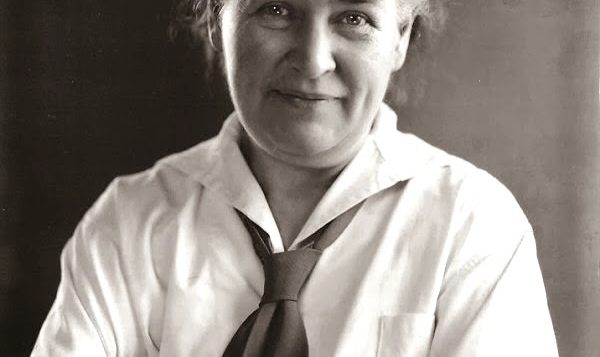 THE ONLY WONDERFUL THINGS
THE ONLY WONDERFUL THINGS
The Creative Partnership of Willa Cather & Edith Lewis
by Melissa J. Homestead
Oxford University Press
394 pages, $39.95
WHEN WILLA CATHER died in 1947, she had obtained many of the golden apples that motivate most writers: the Pulitzer Prize (for One Of Ours), honorary degrees from places like Smith College and the University of Nebraska, and bestseller status for her last book, Sapphira and the Slave Girl. Her literary executor was a fellow Nebraskan, a woman about a decade younger named Edith Lewis with whom Cather had lived for 39 years. Devastated by Cather’s death, she wrote a memoir called Willa Cather Living and then began a search for a proper biographer. The person she finally chose was a professor at the University of Chicago named E. K. Brown. In return for being chosen, Brown, who died before he could finish the biography (which was completed by Leon Edel), virtually eliminated Lewis from his account. The woman with whom Cather had shared much of her life, who nursed Cather after her operations, traveled with her to the Southwest, Europe, New England, and Canada, was erased, because Brown didn’t want to think that Lewis and Cather might have been more than roommates. As Brown put it in a letter to Dorothy Canfield Fisher, another Nebraska novelist whom he’d asked for memories of Cather: “I think it would help my portrait if you could quietly show that in the Pittsburgh years she was eager to know quite a variety of people, and particularly that she was often—or least sometimes, I hope it was often—at least mildly interested in men.”
Cather was of course interested in men—in fact, she seems to have adored her brothers far more than her sisters. She also created some of the most memorable male characters in American literature. She had, in fact, an uncanny ability to portray sensitive, alienated young men who seem somehow gay, even when they’re not. It’s not just the much-anthologized short story “Paul’s Case,” which is clearly about a young queen; even Emil, the brother of the heroine of O Pioneers!, or Neil Herbert in A Lost Lady, or Jim Burden in My Ántonia, exude a sad sensitivity that is the opposite of what we call these days “toxic masculinity.” For E. K. Brown, the trouble was that Cather wasn’t even mildly interested in men in the way that Brown meant. All of her romantic relationships were with women.
That’s why Melissa Homestead has written The Only Wonderful Things: to rescue Edith Lewis from the oblivion to which Brown and other biographers have consigned her. This book is a meticulously researched portrait of the life that Cather and Lewis shared as partners in what used to be called a “Boston marriage,” a late 19th-century term for two women of independent means who lived together—like Sarah Orne Jewett (The County of The Pointed Firs) and Annie Fields, whom Cather visited in, yes, Boston, after she moved east. Jewett encouraged Cather to write about the love of one woman for another, but Cather never took her advice, perhaps because by the 1920s the term “Boston marriage” had been eroticized with the L-word. And the L-word was so awful that when the novelist Daphne du Maurier fell in love with the wife of her American publisher, Nelson Doubleday, she wrote to Mrs. Doubleday: “by God and by Christ, if anyone should call that sort of love by that unattractive word that begins with ‘L,’ I’d tear their guts out”—a rather butch way to put it.
When Cather was going to the University of Nebraska, she reviewed plays put on by touring companies passing through Lincoln, and she was so tough a critic that she was known as “the Meat-Axe” by actors on the circuit. There was always something self-possessed and confident about her—“heavy-footed,” said D. H. Lawrence—though it took her about a decade to find her way as a writer. First, she moved to Pittsburgh after graduation, where she taught school, edited a magazine, and fell in love with Isabelle McClung, the daughter of a local judge. She was still living in Pittsburgh when, on one of her trips back to Lincoln, she met Edith Lewis in the home of a mutual friend. Lewis, who’d grown up in Lincoln and gone east to Smith College, was about to move to New York to begin her career as a writer. When Cather finally moved to New York after a decade in Pittsburgh (to work for a muckraking magazine called McClure’s), she looked Edith Lewis up, and eventually moved in with her. They would live together for the rest of their lives, first in Greenwich Village and later, when both women were established in their careers, on Park Avenue—two sophisticated, successful New York career women who loved the arts, traveled widely, and entertained friends like Yehudi Menuhin in their home.
Andrew Holleran is the author of the novelsDancer from the Dance, Nights in Aruba, The Beauty of Men, and Grief.








